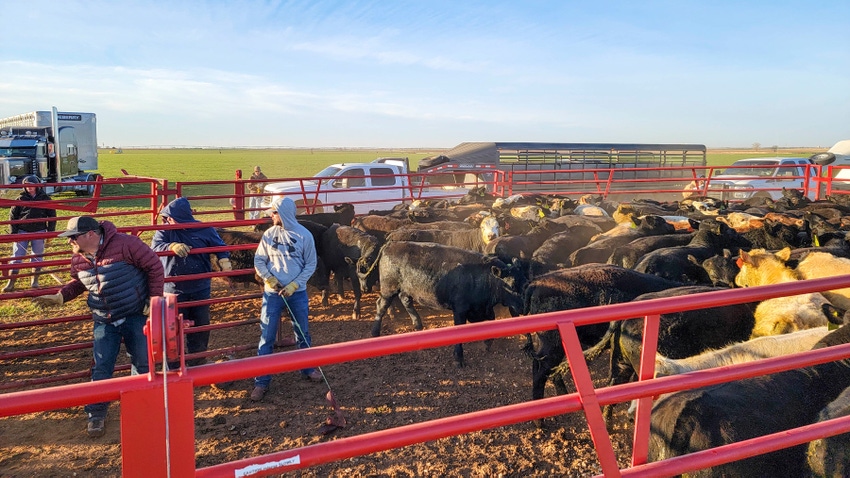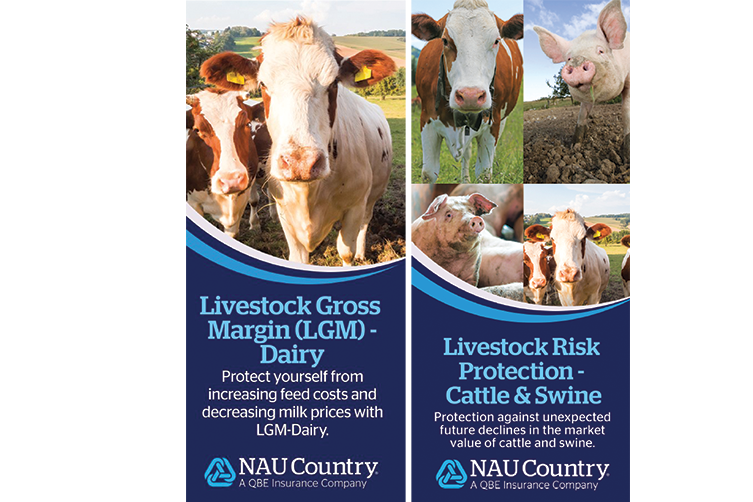Professional Advice: Bagley Risk Management Strategies
Professional Advice: Bagley Risk Management Strategies
Blog Article
Comprehending Livestock Danger Security (LRP) Insurance: A Comprehensive Guide
Browsing the realm of animals danger protection (LRP) insurance can be an intricate undertaking for several in the agricultural field. This type of insurance policy uses a safety net versus market fluctuations and unpredicted conditions that might influence animals manufacturers. By understanding the intricacies of LRP insurance policy, manufacturers can make informed decisions that may secure their procedures from monetary risks. From exactly how LRP insurance coverage functions to the different coverage choices offered, there is much to reveal in this extensive overview that can potentially form the means livestock producers come close to danger monitoring in their companies.

Just How LRP Insurance Policy Functions
Sometimes, comprehending the technicians of Livestock Risk Defense (LRP) insurance coverage can be intricate, however breaking down exactly how it works can offer clarity for breeders and farmers. LRP insurance policy is a danger administration device created to secure livestock manufacturers against unexpected rate declines. The plan permits manufacturers to establish a protection degree based on their specific demands, selecting the number of head, weight variety, and coverage rate. As soon as the plan is in location, if market rates fall below the insurance coverage cost, manufacturers can submit an insurance claim for the distinction. It is very important to note that LRP insurance policy is not a profits guarantee; rather, it concentrates solely on rate risk security. The coverage period generally varies from 13 to 52 weeks, providing versatility for manufacturers to choose a duration that straightens with their manufacturing cycle. By utilizing LRP insurance, herdsmans and farmers can reduce the monetary threats related to varying market value, making certain higher security in their operations.
Qualification and Coverage Options

When it comes to insurance coverage alternatives, LRP insurance offers producers the adaptability to pick the insurance coverage degree, protection period, and recommendations that ideal match their threat monitoring needs. By understanding the qualification standards and protection options available, animals producers can make enlightened choices to handle danger successfully.
Advantages And Disadvantages of LRP Insurance
When examining Livestock Risk Protection (LRP) insurance, it is necessary for livestock producers to weigh the benefits and downsides intrinsic in this danger administration device.

Among the primary advantages of LRP insurance is its capability to provide security versus a decline in livestock costs. This can assist secure producers from economic losses resulting from market variations. Furthermore, LRP insurance uses a degree of flexibility, permitting manufacturers to customize coverage degrees and plan periods to Look At This match their particular requirements. By securing an assured cost for their animals, manufacturers can better handle threat and plan for the future.
One constraint of LRP insurance is that it does not protect versus all types of risks, such as disease episodes or all-natural disasters. It is vital for producers to thoroughly examine their private more tips here danger direct exposure and economic scenario to figure out if LRP insurance coverage is the ideal danger management device for their operation.
Comprehending LRP Insurance Coverage Premiums

Tips for Making Best Use Of LRP Perks
Maximizing the advantages of Livestock Risk Security (LRP) insurance coverage calls for tactical preparation and aggressive risk monitoring - Bagley Risk Management. To make the many of your LRP coverage, take into consideration the following ideas:
Frequently Analyze Market Conditions: Remain educated concerning market fads and price changes in the animals industry. By checking these factors, you can make informed decisions concerning when to acquire LRP insurance coverage to protect against potential losses.
Set Realistic Coverage Levels: When selecting insurance coverage levels, consider your manufacturing expenses, market worth of animals, and possible threats - Bagley Risk Management. Establishing practical protection degrees guarantees that you are properly protected without overpaying for unnecessary insurance
Expand Your Coverage: As opposed to counting exclusively on LRP insurance coverage, take into consideration expanding your risk management strategies. Incorporating LRP with various other danger administration tools such as futures contracts or alternatives can give comprehensive insurance coverage versus market Related Site unpredictabilities.
Evaluation and Readjust Insurance Coverage Routinely: As market problems alter, regularly evaluate your LRP insurance coverage to ensure it lines up with your existing danger direct exposure. Readjusting protection degrees and timing of purchases can help maximize your risk protection strategy. By complying with these suggestions, you can make best use of the benefits of LRP insurance and guard your livestock procedure against unforeseen threats.
Final Thought
In verdict, livestock threat security (LRP) insurance is a valuable tool for farmers to manage the financial threats connected with their animals procedures. By understanding exactly how LRP functions, eligibility and insurance coverage options, along with the benefits and drawbacks of this insurance, farmers can make informed choices to safeguard their source of incomes. By thoroughly thinking about LRP costs and executing strategies to make the most of advantages, farmers can alleviate potential losses and ensure the sustainability of their procedures.
Livestock manufacturers interested in getting Animals Danger Security (LRP) insurance can check out a variety of qualification requirements and insurance coverage options tailored to their certain animals procedures.When it comes to coverage alternatives, LRP insurance coverage provides manufacturers the adaptability to pick the coverage level, insurance coverage duration, and endorsements that finest suit their risk management needs.To understand the details of Animals Threat Defense (LRP) insurance completely, comprehending the aspects affecting LRP insurance policy premiums is essential. LRP insurance coverage costs are established by numerous aspects, consisting of the insurance coverage degree selected, the expected price of livestock at the end of the coverage duration, the kind of animals being insured, and the size of the insurance coverage period.Testimonial and Readjust Insurance Coverage Consistently: As market problems change, regularly assess your LRP insurance coverage to ensure it aligns with your existing threat exposure.
Report this page